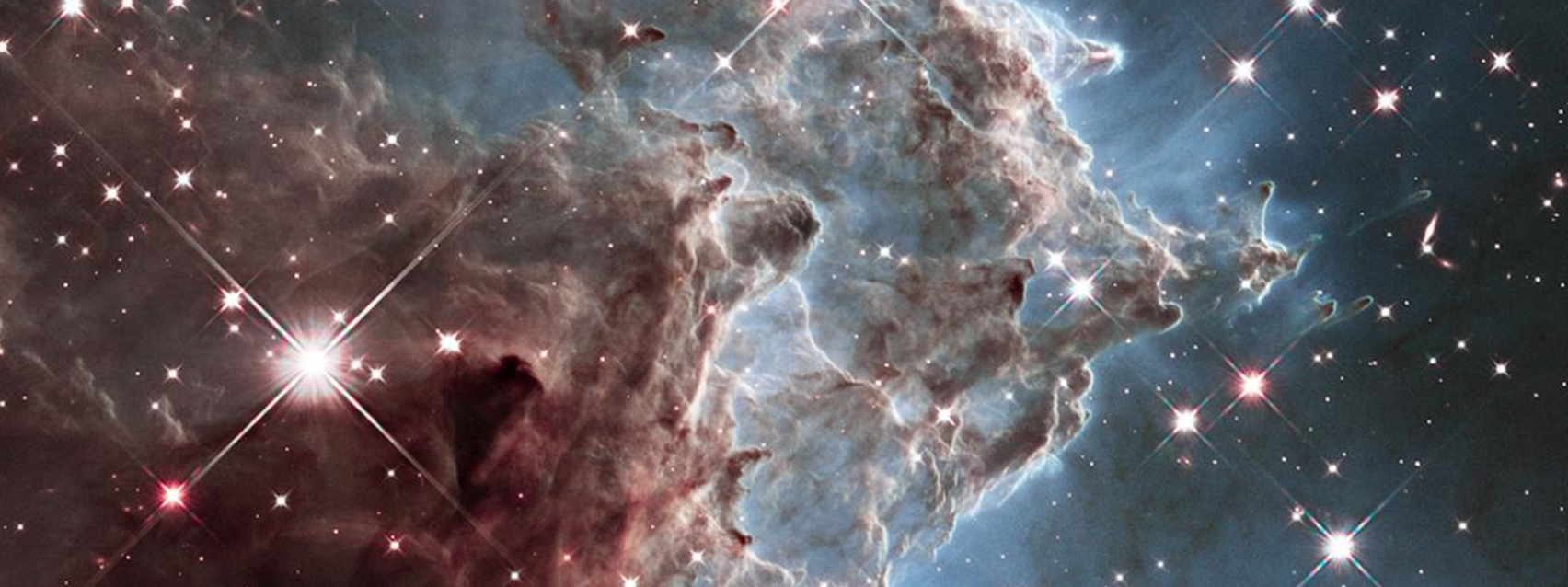Research areas
Overview

The focus of Stellar Astronomy is on the physical and chemical processes that occur in the universe. Our interest involves the evolution of planetrary systems, particularly at our own galactic center. Stellar Astronomy faculty specialize in research involving white dwarf stars, mass loss phenomena from red giants, the search for brown dwarfs, and near-infrared spectra of the new class of L- and T-dwarfs. Of particular interest is the dynamical evolution of binary and triple stars. Using instrumentation at the Keck Telescope we explore protoplanetary disks (proplyds).
Working with the Galactic Center Group provide opportunities to both gain profesional knowledge in physics & astrophysics involving objects under the gravitational influence of a supermassive black hole and working with the development of cutting edge optical instrumentation. Some of our research projects include studies of the Milky Way's central stellar cluster, including a presumed supermassive black hole at its center. We also explore the fate of star clusters within our galaxy and the theories of star formation.
Faculty research
Eric Becklin studies dust rings related to planet formation around nearby stars and searches for brown dwarfs, the missing link between stars and planets.
Tuan Do works to understand the formation of the nuclei of galaxies. He's currently studying the composition and star formation history of the Milky Way nuclear star cluster and how these stars interact with the supermassive black hole at the Galactic center.
Andrea Ghez studies stars at the galactic center, nearby star forming regions, and binary fractions in pre-main sequence stars. See the UCLA Galactic Center Research pages for more information.
Brad Hansen studies the evolution of white dwarf stars and the formation and evolution of planetary systems.
Ian McLean is studying near-infrared spectra of the new class of L- and T-dwarfs using the NIRSPEC infrared spectrometer on the Keck telescope.
Mark Morris researches bipolar nebulae and the transitional stage between AGB star and planetary nebula with the goal of trying to elucidate the mechanism that creates the pronounced axisymmetry seen in many preplanetary systems. He has also studied star formation in the Galactic center and has an current program to study protoplanetary disks (proplyds) with the Keck telescope.
Smadar Naoz is studying the dynamical evolution of binary and triple stars. She also studies the formation processes of blue stragglers, X-ray binaries and tidal disruption events through these dynamical processes.
Benjamin Zuckerman is interested in identifying young stars near Earth in order to search for planets and understand the formation of solar systems.
Research scholars
Michael Rich is a member of the Galaxy Evolution Explorer science team, a UV sky survey satellite. Rich's research on GALEX addresses the study of star formation in the 0rion Nebula.